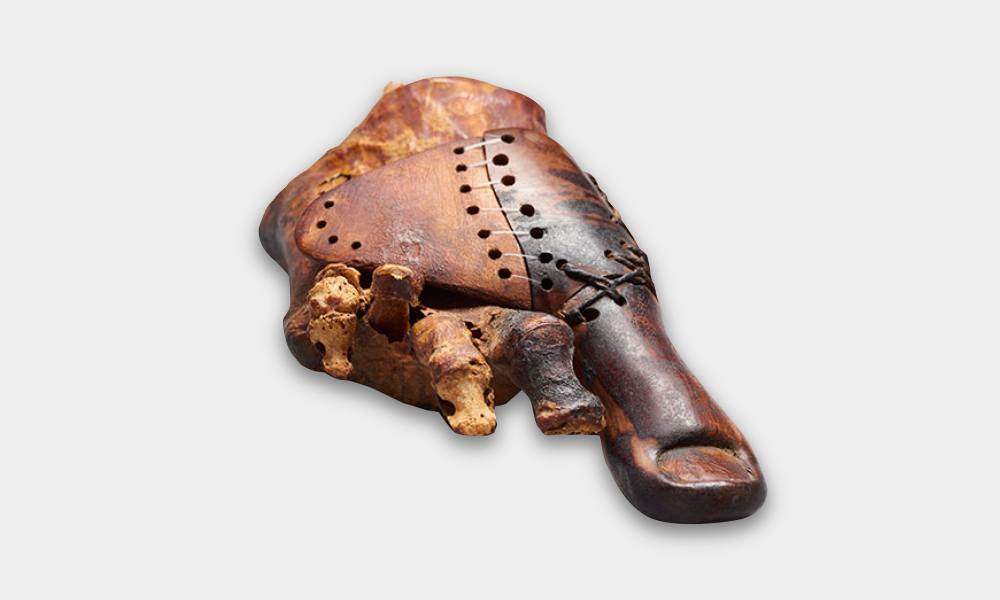We’ve seen some pretty incredible feats of design and engineering over the years, but nothing like this 3000-year-old prosthetic wooden toe. The prosthesis was originally found in a plundered shaft tomb at the graveyard hill of Sheikh ‘Abd el-Qurna to the west of Luxor almost two decades ago, but the entire area and it’s contents are being re-examined again using state-of-the-art methods by the University of Basel. The Iron Age prosthesis was initially crafted for a presumably high-standing priest’s daughter and there’s evidence that it was re-fitted throughout her life as she aged. The craftsmanship alone is worth talking about, but the functionality also proves the artisan had a high level of working knowledge of human physiology, which is equally as impressive. We’d be hard pressed to create something this beautiful and functional now, but the Greville Chester Great Toe was made in the early first millennium BC. It’s remarkable.
More Misc

Upgrade Your Golf Game With the SQ Putter
Whether you’re an amateur golfer or a seasoned pro, the SQ Putter will improve your short game.

Forget the Powders, Unleash Your Inner Beast Mode With Bounce Pre-Workout Gummies
Beast Mode pre-workout gummies deliver explosive energy, focus, and endurance—perfect for heavy lifters. Save 25% + free shipping: COOL25.

Iron & Resin’s Vintage-Inspired Herringbone Brigade Pant Is the Ultimate Style Workhorse
The Herringbone Brigade Pant takes the timeless fatigue silhouette and upgrades it with rugged 9.5oz cotton herringbone, built to handle anything from city streets to weekend adventures.

